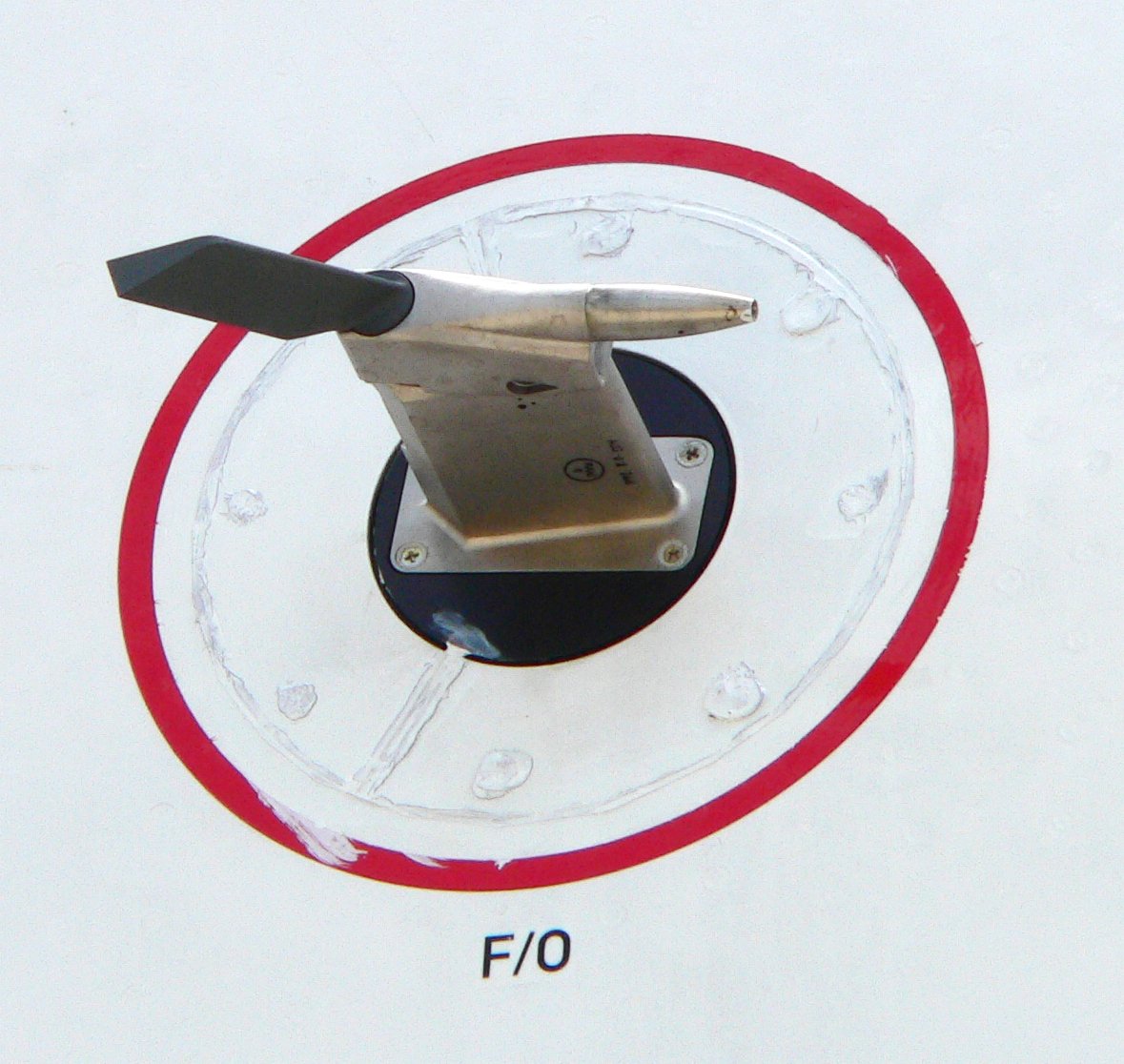|
Pitot Pressure
Pitot pressure is the pressure that can be measured by a Pitot tube, with an open-ended tube facing into the oncoming fluid with the other end closed off. The stationary fluid can be connected to a pressure-measuring device, or used in various devices. For subsonic flow, pitot pressure is equal to the stagnation pressure In fluid dynamics, stagnation pressure, also referred to as total pressure, is what the pressure would be if all the kinetic energy of the fluid were to be converted into pressure in a reversable manner.; it is defined as the sum of the free-strea ... (or total pressure) of the flow, and hence the term pitot pressure is often used interchangeably with these other terms. For supersonic flow, however, pitot pressure is the stagnation pressure of the flow behind the normal shock ahead of the pitot tube. Pitot pressure is named for Henri Pitot, French scientist. References Pressure {{Measurement-stub ... [...More Info...] [...Related Items...] OR: [Wikipedia] [Google] [Baidu] |
Pitot Tube
A pitot tube ( ; also pitot probe) measures fluid flow velocity. It was invented by French engineer Henri Pitot during his work with aqueducts and published in 1732, and modified to its modern form in 1858 by Henry Darcy. It is widely used to determine the airspeed of aircraft; the water speed of boats; and the flow velocity of liquids, air, and gases in industry. Theory of operation The basic pitot tube consists of a tube pointing directly into the oncoming fluid flow. Pressure in the tube can be measured as the moving fluid cannot escape and stagnates. This pressure is the stagnation pressure of the fluid, also known as the total pressure or (particularly in aviation) the pitot pressure. The measured stagnation pressure cannot just by itself be used to determine the fluid flow velocity (airspeed in aviation) directly. However, with a measured static pressure as well it can be determined by the use of Bernoulli's equation which states: :Stagnation pressure = static pr ... [...More Info...] [...Related Items...] OR: [Wikipedia] [Google] [Baidu] |
Stagnation Pressure
In fluid dynamics, stagnation pressure, also referred to as total pressure, is what the pressure would be if all the kinetic energy of the fluid were to be converted into pressure in a reversable manner.; it is defined as the sum of the free-stream static pressure and the free-stream dynamic pressure. The Bernoulli equation applicable to incompressible flow shows that the stagnation pressure is equal to the dynamic pressure and static pressure combined.Clancy, L.J. (1975), ''Aerodynamics'', Pitman Publishing Limited, London. In compressible flows, stagnation pressure is also equal to total pressure as well, provided that the fluid entering the stagnation point is brought to rest Isentropic flow, isentropically. Stagnation pressure is sometimes referred to as pitot pressure because the two pressures are equal. Magnitude The magnitude of stagnation pressure can be derived from Bernoulli's principle, Bernoulli equation for incompressible flow and no height changes. For any two po ... [...More Info...] [...Related Items...] OR: [Wikipedia] [Google] [Baidu] |
Henri Pitot
Henri Pitot (; May 3, 1695 – December 27, 1771) was a French hydraulic engineer and the inventor of the pitot tube. The incoming fluid in the internal tube may be blocked off where a pressure gauge can indicate the pressure, or fed to a closed space to pressurise that space such as to the float bowl in a carburetor, or to a manometer using the fluid which is flowing. In that last case the height of the fluid column is proportional to the square of the velocity of the fluid at the inlet to the pitot tube. This relationship was discovered by Henri Pitot in 1732, when he was assigned the task of measuring the flow in the river Seine. He rose to fame with the design of the Aqueduc de Saint-Clément near Montpellier (the construction lasted thirteen years), and the extension of Pont du Gard in Nîmes. In 1724, he became a member of the French Academy of Sciences, and in 1740 a fellow of the Royal Society. The Pitot theorem of plane geometry is named after him. Rue Henri Pitot ... [...More Info...] [...Related Items...] OR: [Wikipedia] [Google] [Baidu] |
